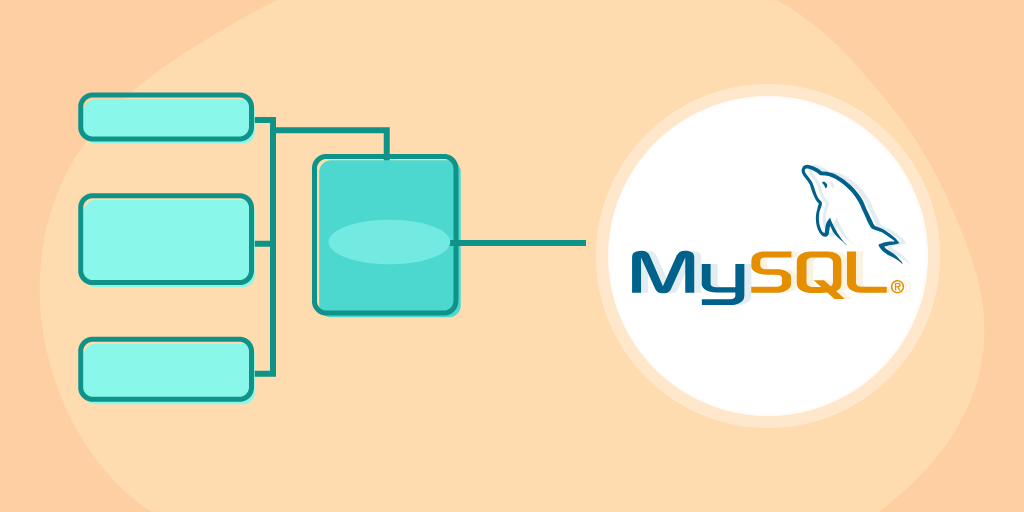MySQL Integration with Hadoop and Spark: Unleashing the Power of Big Data Analytics
As data continues to grow at an unprecedented rate, organizations face the challenge of extracting meaningful insights from vast amounts of information. Big Data technologies like Hadoop and Spark have emerged as powerful tools for processing and analyzing large datasets. In this blog post, we will explore the integration of MySQL, a popular relational database management system, with Hadoop and Spark to unlock the potential for advanced analytics. We will delve into the benefits of this integration and guide you through the process of leveraging MySQL in conjunction with Hadoop and Spark for efficient and effective data analysis.
I. Understanding MySQL in the Big Data Landscape
MySQL, known for its reliability, scalability, and ease of use, has traditionally been used for managing structured data in traditional applications. However, with the rise of Big Data, integrating MySQL with Hadoop and Spark enables organizations to leverage their existing MySQL infrastructure for large-scale analytics. MySQL serves as a bridge between the world of traditional databases and the distributed computing capabilities of Hadoop and Spark.
II. Integrating MySQL with Hadoop
Hadoop, an open-source framework, enables distributed storage and processing of large datasets across clusters of commodity hardware. By integrating MySQL with Hadoop, you can leverage the power of Hadoop’s distributed file system (HDFS) and processing engine (MapReduce) to perform analytics on vast amounts of structured data. Here are the steps to integrate MySQL with Hadoop:
- Setting up Hadoop: Install and configure Hadoop on your system or cluster, ensuring that you have a functioning HDFS and MapReduce environment.
- Exporting data from MySQL to Hadoop: Use Sqoop, a tool designed for transferring data between Hadoop and relational databases, to extract data from MySQL and import it into Hadoop’s HDFS. Sqoop allows you to specify the tables or queries to export and handles data serialization and deserialization.
- Performing analytics with MapReduce: Utilize Hadoop’s MapReduce programming model to write custom MapReduce jobs that process and analyze the data stored in Hadoop. MapReduce allows you to distribute the processing across the cluster, enabling parallel execution of computations.
III. Integrating MySQL with Spark
Spark, a fast and general-purpose cluster computing system, provides in-memory data processing capabilities, making it ideal for iterative and interactive analytics. Integrating MySQL with Spark allows you to leverage the benefits of Spark’s distributed computing engine and high-performance analytics libraries. Follow these steps to integrate MySQL with Spark:
- Configuring Spark: Install and configure Spark on your system or cluster, ensuring that you have a functional Spark environment with the necessary dependencies.
- Loading data from MySQL into Spark: Use Spark’s JDBC connector to establish a connection to the MySQL database and load data into Spark DataFrames or RDDs (Resilient Distributed Datasets). Specify the connection parameters, including the hostname, port, database name, username, and password.
- Performing analytics with Spark: Utilize Spark’s powerful analytics capabilities, such as Spark SQL, DataFrames, and machine learning libraries (MLlib), to perform data analysis tasks on the data loaded from MySQL. Leverage the parallel processing capabilities of Spark to execute computations efficiently.
IV. Benefits of MySQL Integration with Hadoop and Spark
Integrating MySQL with Hadoop and Spark for analytics offers several advantages, including:
- Scalability: Hadoop and Spark enable distributed processing, allowing you to scale your analytics infrastructure as data volumes increase.
- Data consolidation: By integrating MySQL with Hadoop and Spark, you can consolidate data from various sources into a single platform, simplifying data analysis and gaining a holistic view of your data.
- Performance optimization: Hadoop’s distributed processing and Spark’s in-memory computing capabilities contribute to faster analytics and reduced processing times.
- Leveraging existing infrastructure: Integrating MySQL with Hadoop and Spark allows organizations to utilize their existing MySQL databases and expertise, avoiding the need for significant architectural changes.
Mastering the Art of Integrating MySQL with PHP, Python, and Java
As you explore the integration of MySQL with Hadoop and Spark the following considerations are :
- Data governance: Ensure proper data governance practices are in place to maintain data quality, security, and compliance throughout the integration process.
- Schema design: Design the schema and data models carefully to optimize data retrieval and processing within Hadoop and Spark, considering factors such as data locality and partitioning strategies.
- Performance optimization: Experiment with different optimization techniques such as data partitioning, caching, and parallel processing to enhance the performance of your analytics workflows.
- Monitoring and troubleshooting: Implement effective monitoring and logging mechanisms to track the performance and identify any issues in the integrated MySQL, Hadoop, and Spark environment.
- Continuous learning and exploration: Stay updated with the latest advancements in MySQL, Hadoop, and Spark technologies, as well as emerging trends in the Big Data ecosystem. This will enable you to leverage new features and tools that further enhance your analytics capabilities.
Integrating MySQL with Hadoop and Spark unlocks the potential for advanced analytics on big data. By leveraging the distributed processing capabilities of Hadoop and Spark, combined with the reliability and scalability of MySQL, organizations can efficiently process and analyze large volumes of structured data. This integration enables businesses to gain valuable insights, make data-driven decisions, and unlock new opportunities for growth and innovation. By following the steps outlined in this blog post, you can begin harnessing the power of MySQL, Hadoop, and Spark to transform raw data into actionable intelligence. In the era of Big Data, integrating MySQL with Hadoop and Spark brings significant benefits to organizations seeking to extract valuable insights from large datasets. By combining the strengths of MySQL’s reliability and scalability with the distributed computing power of Hadoop and the in-memory processing capabilities of Spark, businesses can unlock the full potential of their data for advanced analytics.

